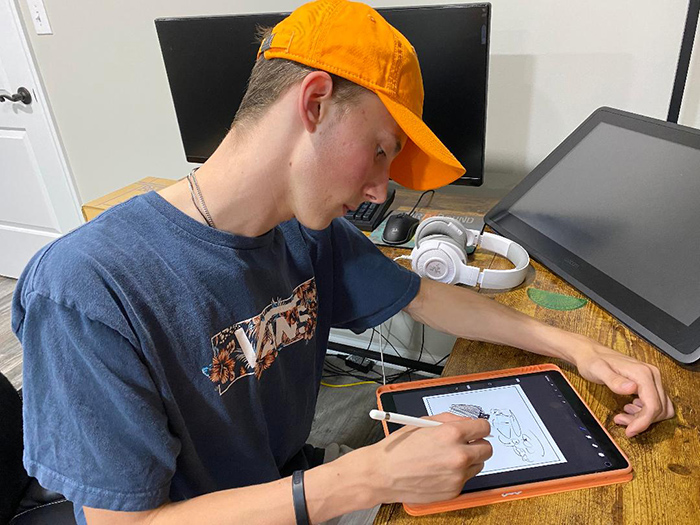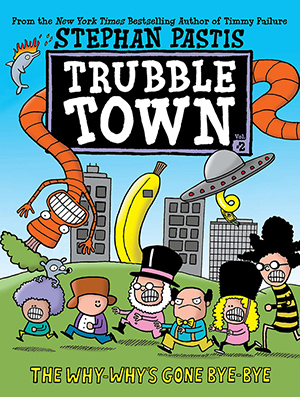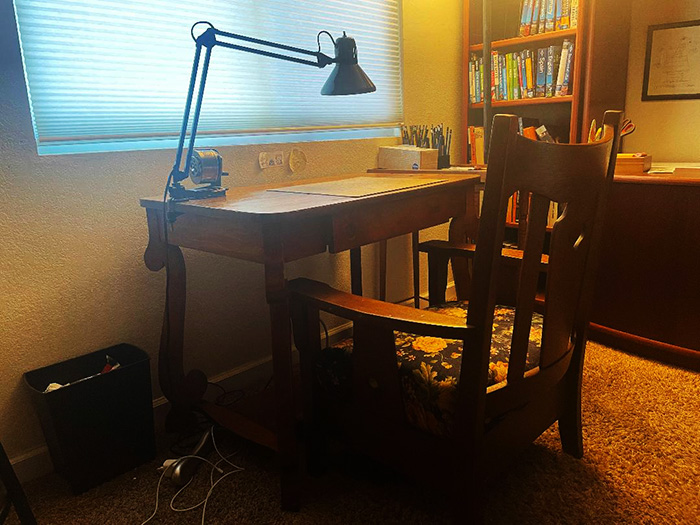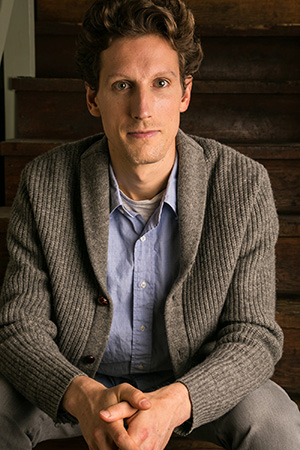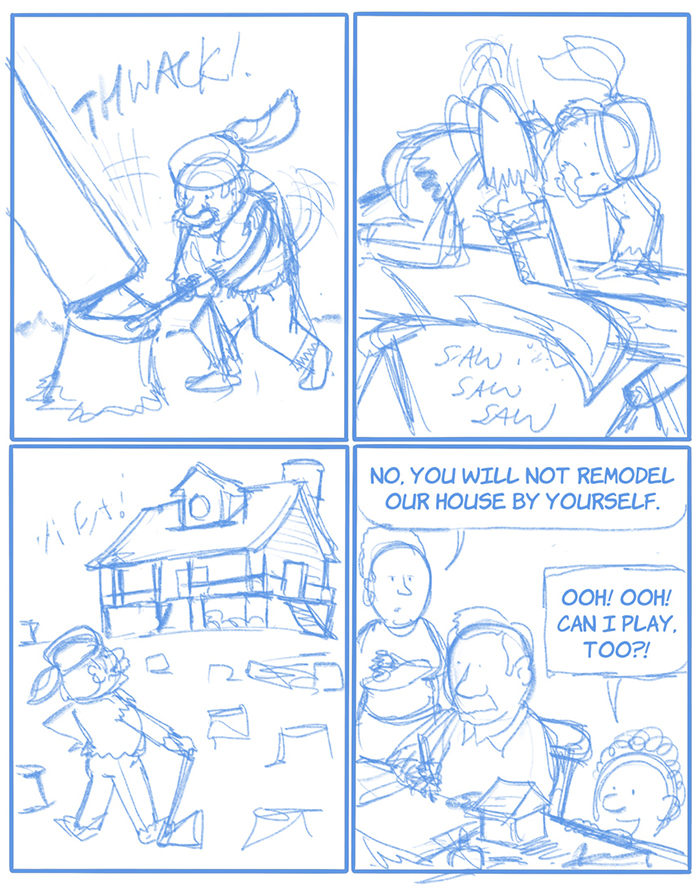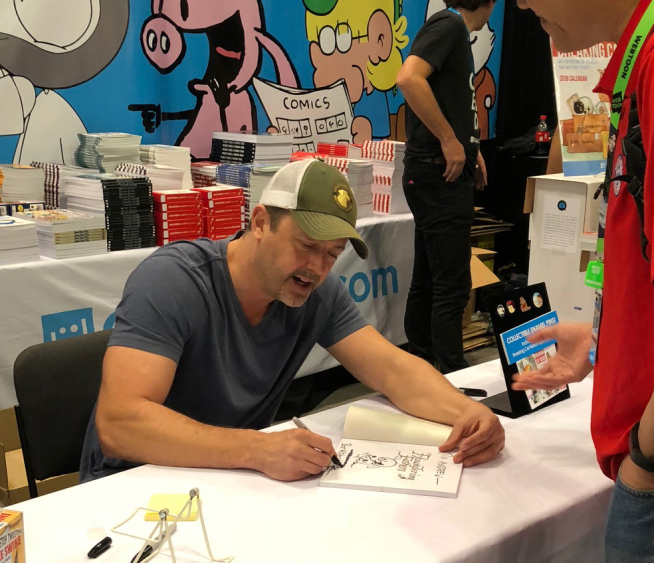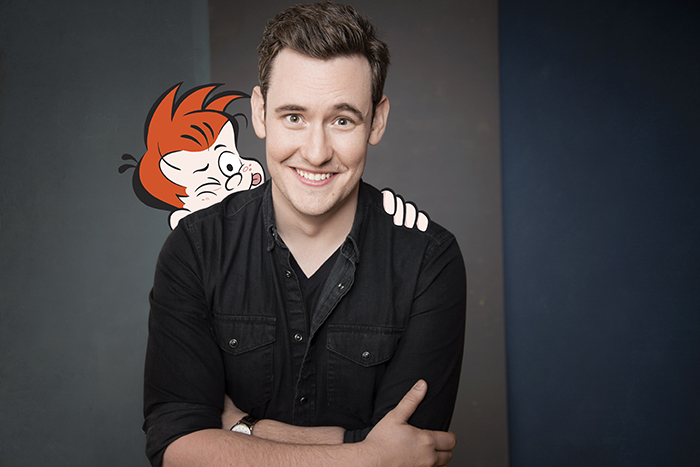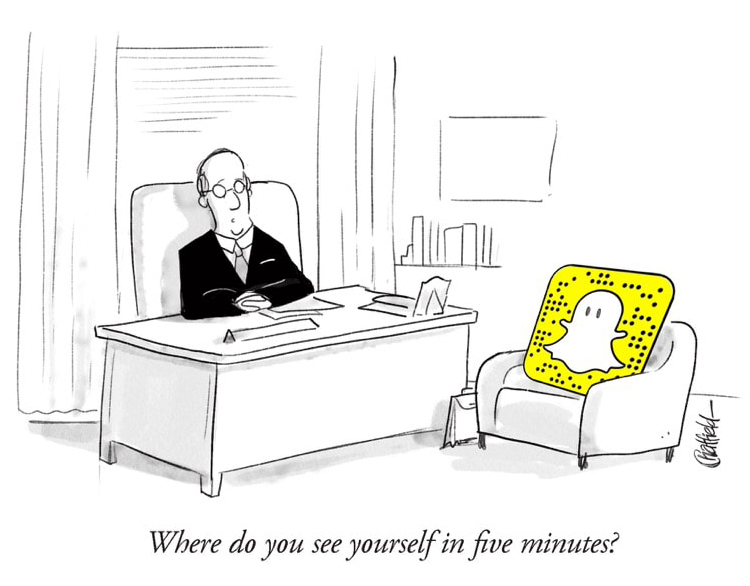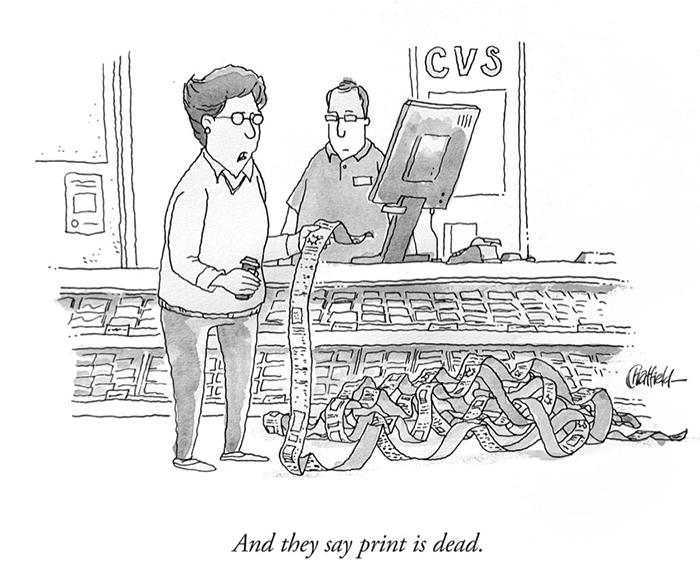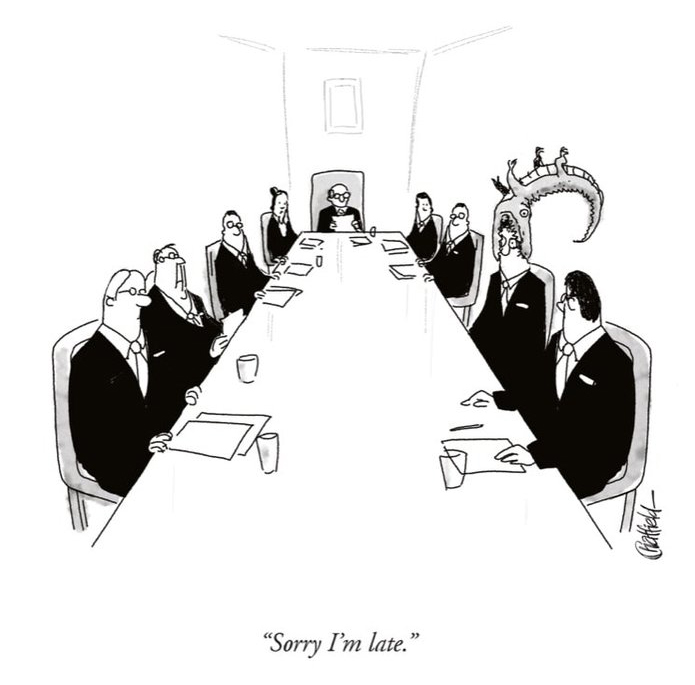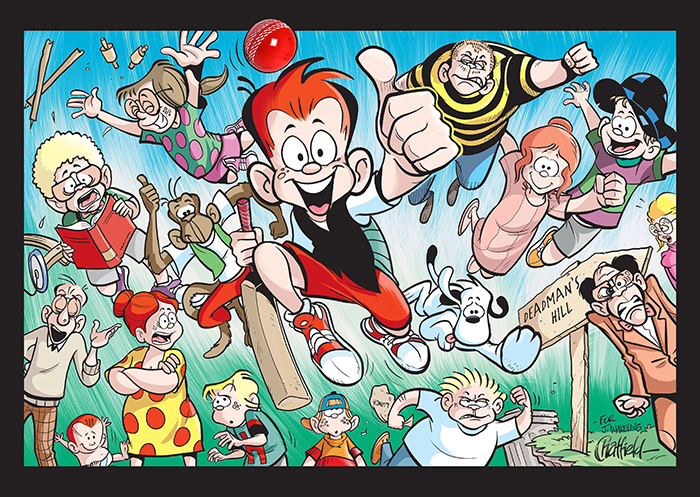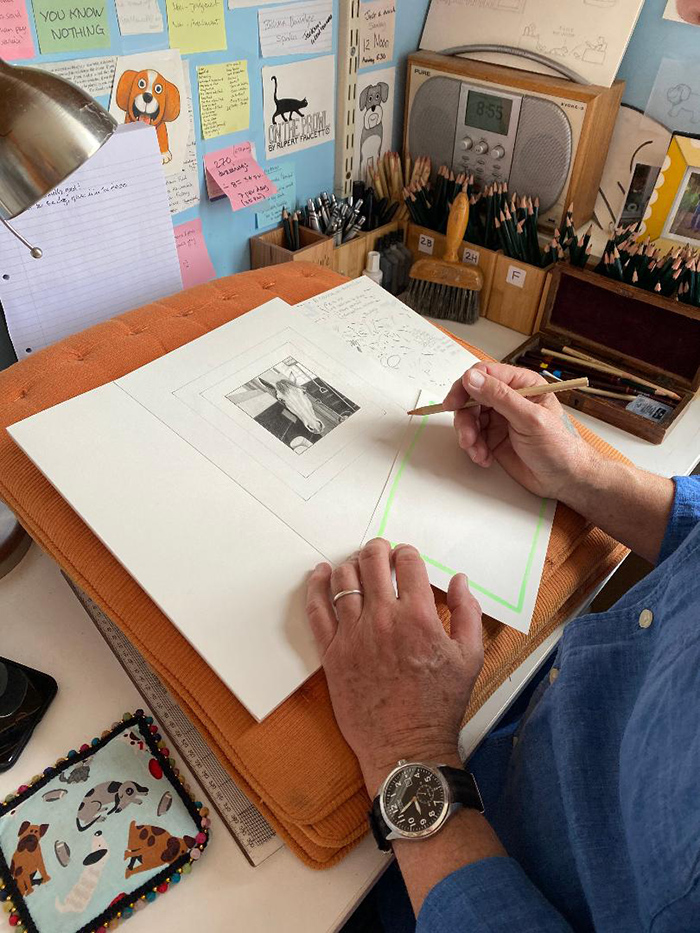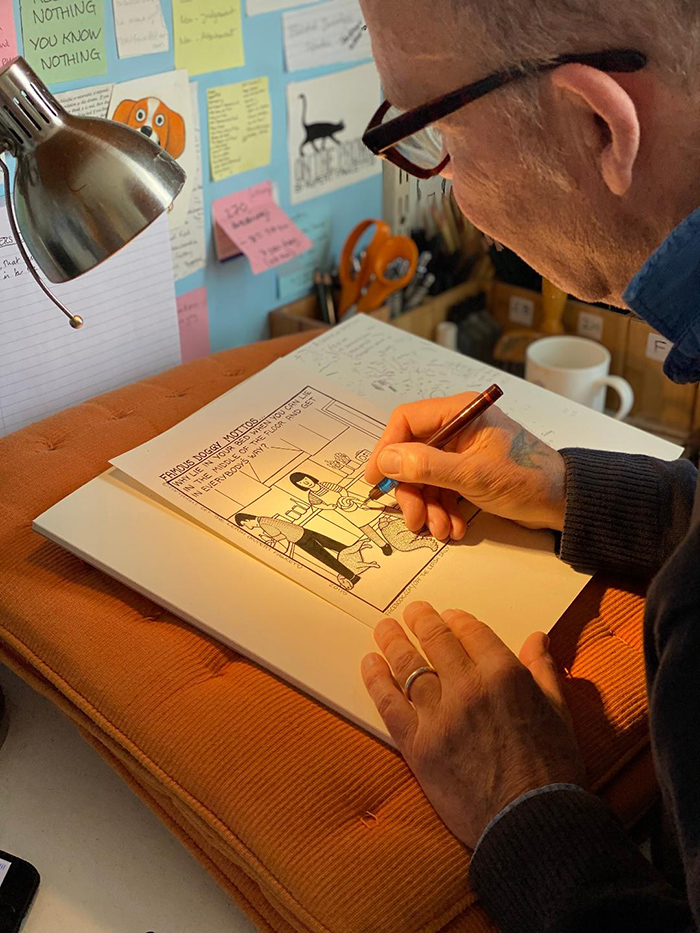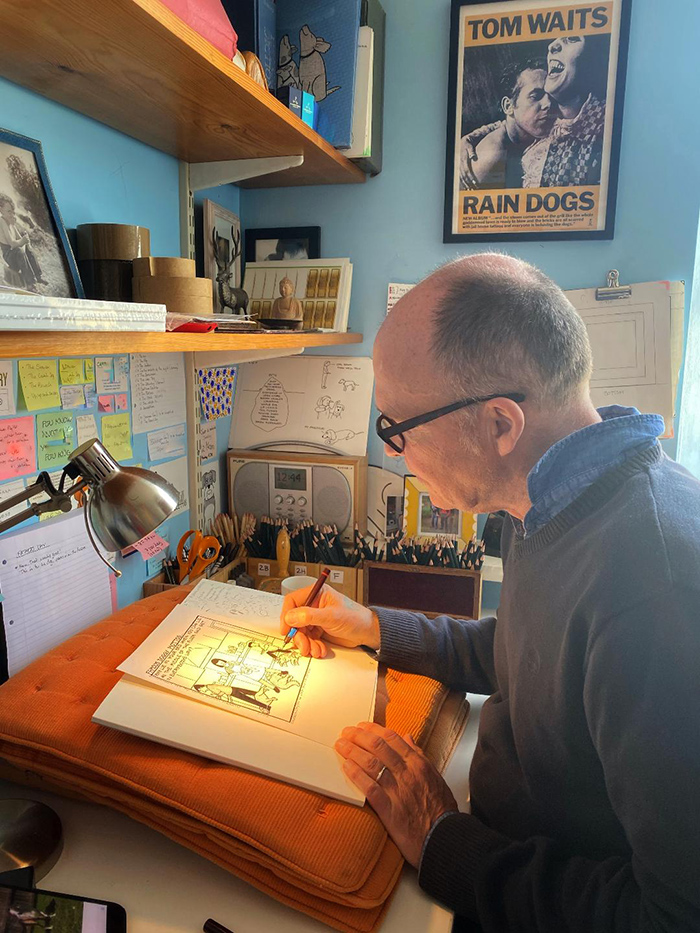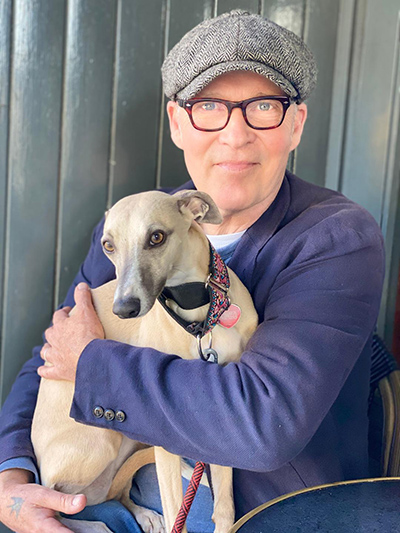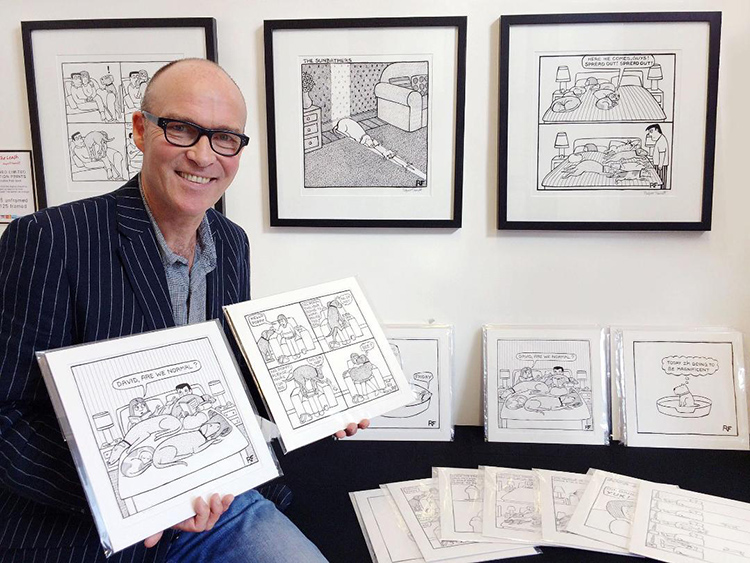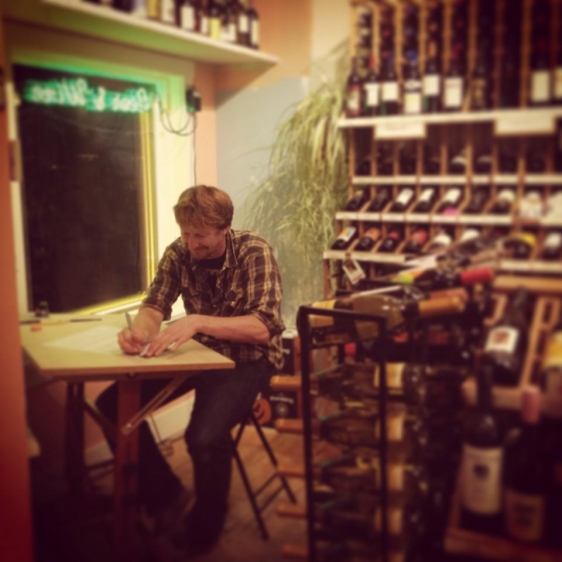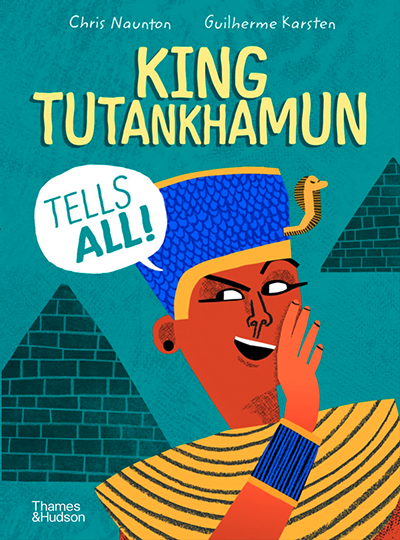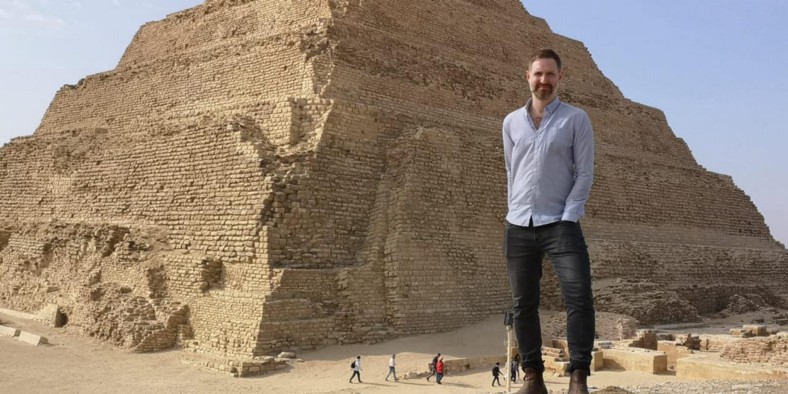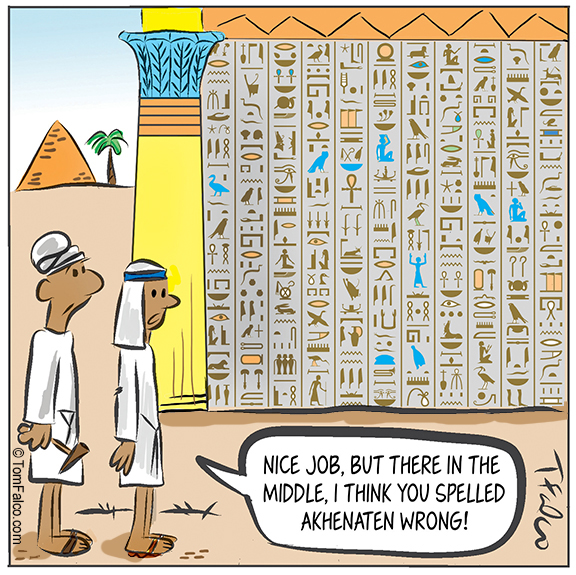Eight-year-old TEX was “born” on GoComics.com a year ago. Cartoonist, Jesse Atwell created TEX, the cartoon character and his family during the pandemic.
After playing with various other ideas, including a single panel cartoon, TEX came to be. This year it was nominated for the National Cartoonists Society’s cartoon of the year in the online short form comic strip category.
I had the opportunity to interview Jesse on the one year anniversary of TEX’s syndicated publication.
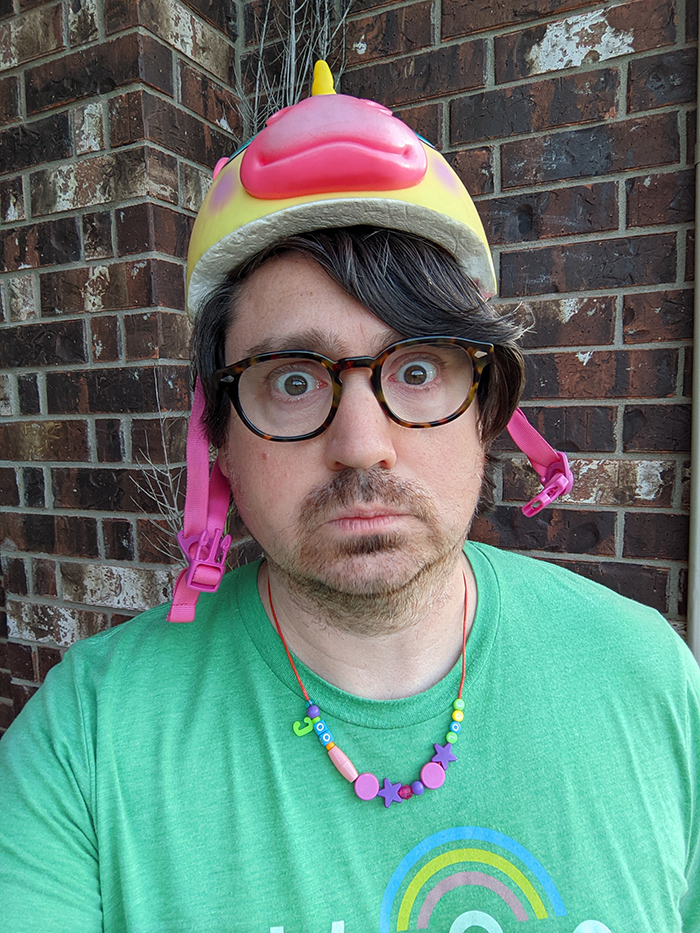
TOM: Jesse, are you from Texas? TEX is the main character in the strip, and he has a brother named Austin.
JESSE: I didn’t hide that very well, did I? I currently write and illustrate TEX in the Texas Hill Country, outside of Austin. The strip doesn’t necessarily take place in Austin, but my wife and I have called Austin home for the last twelve years. Both of us are originally from Kansas and bopped around a bit, but this is the longest amount of time we’ve lived anywhere so now it’s home.
TOM: It looks like you color the strip with watercolor rather than the usual Photoshopping spot colors in. How long does it take to draw the strip and then how long to color it?
JESSE: I’ve tried coloring digitally and it takes forever and makes my eyes hurt. Maybe I’m doing something wrong. But that said, I wanted TEX to look softer, dreamlike, abstract… something that leaves a lot of room for interpretation from the reader. I’m also pretty terrible at making decisions and watercolors force me to make a decision and move on; I don’t have a second chance to get it right. Once I lay down the color, it’s a part of the art and I have to work with it. I must move quickly.
The entire process begins with the script. I click-clack it out on my 1964 Hermes 3000 manual typewriter. I stand when I type and it’s a very physical process that involves pacing, hitting keys, and dramatically ripping paper from the typewriter. Then, I let the script sit for several days before I edit it. When I edit the script, I first figure out the beats… I cut lots of dialogue and determine how the beats align with the panels.
Then, I draw my pencil rough – which actually takes longer than the ink master. Once again, I have to make decisions here and the decisions take me a long time to figure out. I do about a month or so of pencil roughs all at once so I’m not switching processes. I’ll do the same with ink, watercolors, textures, colored pencils, scanning, etc. The whole process is easier when I can batch a bunch of strips together at the same time.
From writing to uploading the final digital file to GoComics, a daily strip probably takes 3-5 hours and a Sunday format takes 4-6 hours. But it all depends on the idea and how much coffee I’ve had that day.
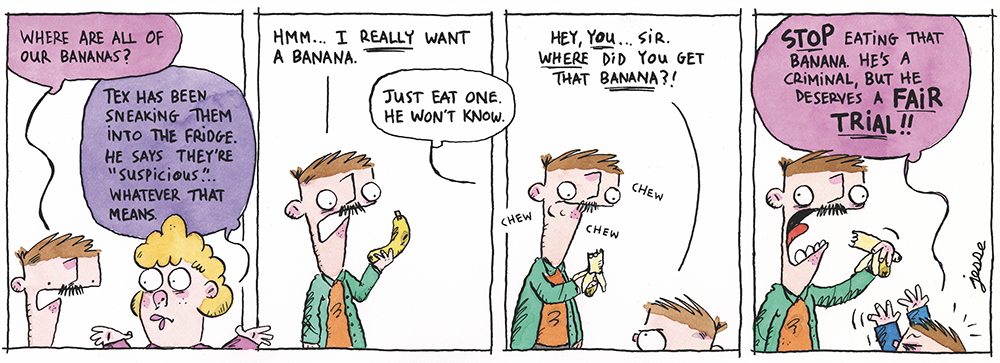
TOM: There’s a lot of Cul de Sac in TEX, I mean that as a compliment. Is there? Is Richard Thompson an inspiration?
JESSE: Richard Thompson was just… so… DARN GOOD. I could stare at Cul de Sac for hours and never get bored. I mean, just look at his lines!! Before launching TEX, my daughter and I took a pilgrimage to the Billy Ireland Cartoon Library at Ohio State University in Columbus, OH. We viewed lots of original strips including Cul de Sac, Calvin & Hobbes, Peanuts, and others.
Jenny Robb and Caitlin McGurk at OSU are the best. They were incredibly kind to my daughter and I. When they showed us an original Peanuts strip, the air in the room changed.
We had the privilege of viewing original Cul de Sac strips painted with watercolor. And they were quite impressive. . . confident, bold, and beautiful. Richard’s work is very inspiring. I encourage every cartoonist to visit the Billy Ireland Cartoon Library and Museum to view his original Cul de Sac strips in real life.
CLICK HERE FOR REST OF ARTICLE
